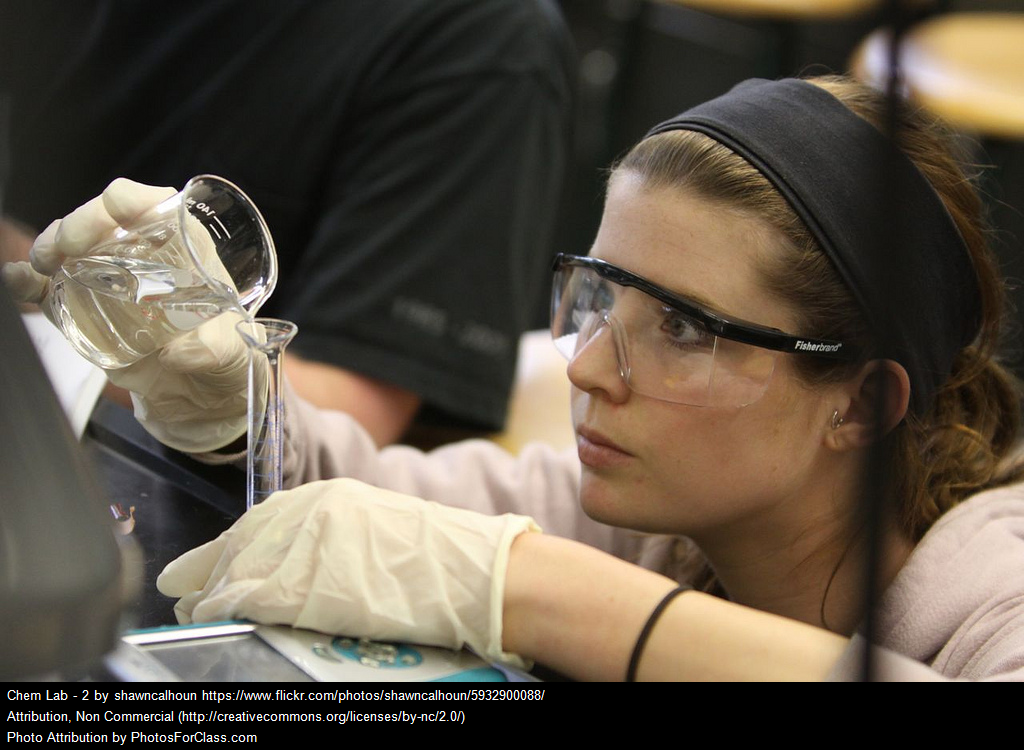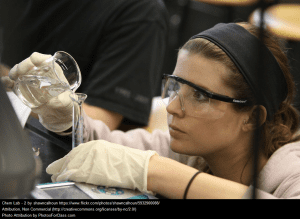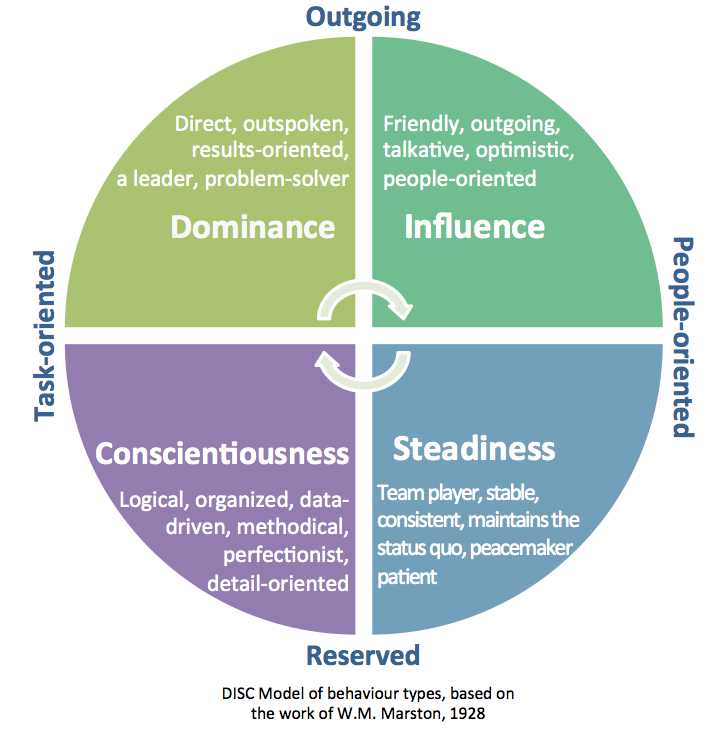Is science education preparing students for real work in scientific fields? Tweet @learnquebec
The research is in. Active inquiry-based learning in the science classroom leads to a deeper understanding of science. Or does it? I remember learning physics and chemistry in high school. It was the early 1960s and our science teachers taught us the facts, for example: what the atom was, Newton’s laws of motion, the Periodic Table, neutralization, acceleration of gravity. We went to the chemistry lab on Friday. Our teacher gave us a well-prepared set of detailed instructions to follow. The purpose was to illustrate some of what we had learned during the week. Everything always seemed to work as expected and we were always convinced that the facts were right – the colour changed as predicted; the acceleration of gravity was pretty close to the theoretical value; there was twice as much hydrogen as oxygen in the tubes after the electrolysis of water. We understood that if we followed the instructions carefully, we got the right answer, and, hopefully, 9 or 10 out of 10 on the lab report. I liked my science classes and activities and I got pretty good marks.
Joseph Schwab, however, didn’t think that this was a very good way to learn science. He is considered to be the one who originated the idea of inquiry-based science education. Writing in 1960, he realized that teaching science by transmission of knowledge – the facts – was an illogical way of making students into scientific thinkers. He reasoned that, with the rapid expansion of scientific and technological knowledge, what was new knowledge in 1960 would become obsolete within 10 to 15 years. It would be so modified and updated that it would no longer be relevant to the young learner. “It means that the time-hallowed instrument of instruction – the lecture which aims to be simple, clear and unequivocal; the textbook which aims to eliminate doubt, uncertainty, and difficulty; the test which aims primarily to discover what the student knows and how he applies what he knows about a subject – these will be inadequate or even inappropriate for much science teaching.” Schwab (1960 p180).
He points out that the way science has been taught gives a dangerously false impression of what science is. “It is seen as knowledge literally true, permanent – even complete. We tend to provide a structure which admits no loose ends. We minimize doubts and qualifications.” Schwab (1960 p185). Students need to understand the inquiry nature of science – that it is not a set of immutable truths but a process of discovering and improving on our understanding of natural and technological phenomena. He sees the teacher’s role as that of helping students learn for themselves. This requires that students be placed in learning situations in which they have to carry out inquiries which require them to rely more on their own resources to learn and make meaning.
So what did he recommend for the science classroom? The science lab should cease to be a place where students follow a set of detailed instructions to illustrate what they have already been told in the preceding classes. Instead, the lab manual should pose problems so that students can discover relations that they did not already know from their classes and textbooks. There needs to be an appropriate level of latitude for the students to devise ways of solving the problems themselves. Open discussion, debate and uncertainty need to be part of the process.
This is the first in a series of science education posts with the aim of reporting on the findings of research into the teaching of science and technology. I will discuss the findings, both pro and con, of studies which examine inquiry-based science teaching and learning – what it is and how effective it is. I welcome comments from science educators, academics and anyone else concerned with how students learn science.
Reference:
Schwab, Joseph J. (1960). Inquiry, the Science Teacher, and the Educator. The School Review, University of Chicago Press, 68 (2), 176-195







Schwab’s thinking was completely in line with the practical component of the Quebec curriculum. This inquiry-based learning, however, can only be achieved if teachers embrace this way of teaching and thus provide opportunities for their students to test, question, make mistakes and retest.This is not a comfortable way of teaching for some of our educators. The key, I believe, is to start this shift in thinking during their teacher training. Without this foundation, they are thrown into the craziness that is MELS exams once they start teaching and simply tread water so a as to keep their heads (and those of their students) above water. We have much work to do but that is the beauty of science and education …. They keep evolving.
Keeping that balance between inquiry learning and content absorbing – all the while making sure students are prepared for MELS and other exams – is a major part of a science and technology teacher’s reality. With your guidance and their dedication, it seems to work!
Sometimes it doesn’t take much to turn a routine lab into an inquiry-based one. You mentioned the electrolysis lab. Most teachers use hydrochloric acid as a catalyst, but if teachers and students alike are both meticulous and honest with their data-collecting, they’ll notice that the ratio is often more than 2:1. Why? The smell of chlorine is a hint, and probing into it opens the doors to a lot more chemistry…..The whole problem with science education is that it’s part of a larger game that’s disassociated from the spirit of learning. And there’s no sense in picking on Quebec because I have friends and relatives in education from Ontario to Northern Italy whose laments are far too familiar.
In my comment, I was not being meticulous enough and mistakenly wrote “hydrochloric acid” instead of what’s often used, a mixture sulfuric acid and chlorine-containing tap water. Hydrochloric acid would produce more than just traces of chlorine, and could turn into a fatal inquiry!